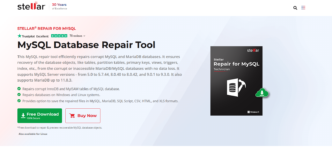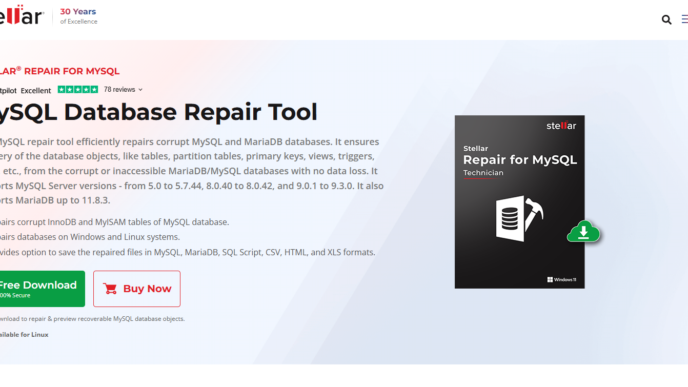The New York Times recently posed a deceptively simple question that has shaken boardrooms and investor calls alike: what exactly are AI companies building, and why are they spending billions without clear answers?
For business leaders, the issue is less about whether artificial intelligence is overhyped and more about whether massive investment is delivering measurable returns. Despite unprecedented capital flowing into the sector, many companies are struggling to identify where, exactly, AI is driving value.
Billions in Spending, Unclear ROI
Over the past two years, funding into generative AI startups and AI infrastructure has skyrocketed, with companies racing to capture market share or secure technological advantage. Yet analysts note that the gap between expectations and outcomes remains wide.
The harsh reality? Right now, many firms can’t point to a clear return on investment. For every splashy AI integration announced on an earnings call, there are countless internal projects that stall, fizzle, or fail to scale. The result is mounting skepticism from boards, shareholders, and regulators alike.
Some observers argue this mirrors the early dot-com bubble, when companies embraced internet strategies without defining business models. Others suggest it is less about hype and more about the misalignment of AI adoption with practical business needs.
Misapplication, Not Hype
Shane Tepper, an entrepreneur and AI expert, is among those urging a more measured perspective.
“My take is that AI isn’t overhyped so much as it’s often misapplied. The winners will be the ones who approach adoption with discipline, clarity, and a focus on outcomes. And while Altman predicts that ‘someone is going to lose a phenomenal amount of money,’ it won’t be the companies using AI to do real work better, it’ll be those waiting for AGI to solve problems they haven’t even defined yet.”
In other words, the hype may not be the true danger. Instead, it is the way businesses chase AI integration without a roadmap for how it connects to revenue, efficiency, or customer experience.
The FOMO Trap
If there is one force pushing executives into questionable decisions, it is fear of missing out. Corporate leaders across industries worry that if they wait too long, competitors will gain an irreversible edge. This has triggered a kind of AI arms race, where adoption is as much about signaling innovation as it is about solving problems.
FOMO, Tepper argues, may be holding businesses back rather than propelling them forward.
“The McKinsey stat that 80% of businesses see ‘no significant bottom-line impact’ isn’t an indictment of AI; it’s an indictment of how they’re deploying it. Too many companies chase “AI adoption” for optics or fear of being left behind, rather than aligning tools to real business needs.”
By chasing headlines or satisfying investors rather than pursuing clear goals, companies risk spending heavily while failing to build sustainable competitive advantage.
Lessons From Early Adopters
There are already examples of companies that have navigated this balance well. Retailers using AI to optimize logistics, financial firms improving fraud detection, and pharmaceutical companies accelerating drug discovery have demonstrated measurable benefits. These projects succeed not because of the technology alone, but because leaders framed the problem first, then applied AI as a tool.
Contrast that with firms that launch customer-facing chatbots that add little to user experience, or invest millions in AI copilots for workflows that never needed them. The difference lies in whether adoption is guided by outcomes or by hype cycles.
The Road Ahead
The challenge for executives now is to reframe how AI investments are judged. Metrics such as efficiency gains, cost reductions, and customer retention will matter more than vague promises of transformation. Without these benchmarks, even the most advanced AI deployments risk becoming costly experiments.
As the industry matures, clarity will be key. Stakeholders—from shareholders to regulators to employees—are increasingly pressing companies to show not just what they are building, but why it matters.
AI may not be overhyped. But as Tepper suggests, misapplication could prove just as damaging. The winners will be those who resist the pull of FOMO, ask hard questions about ROI, and use AI not for optics but for outcomes.














